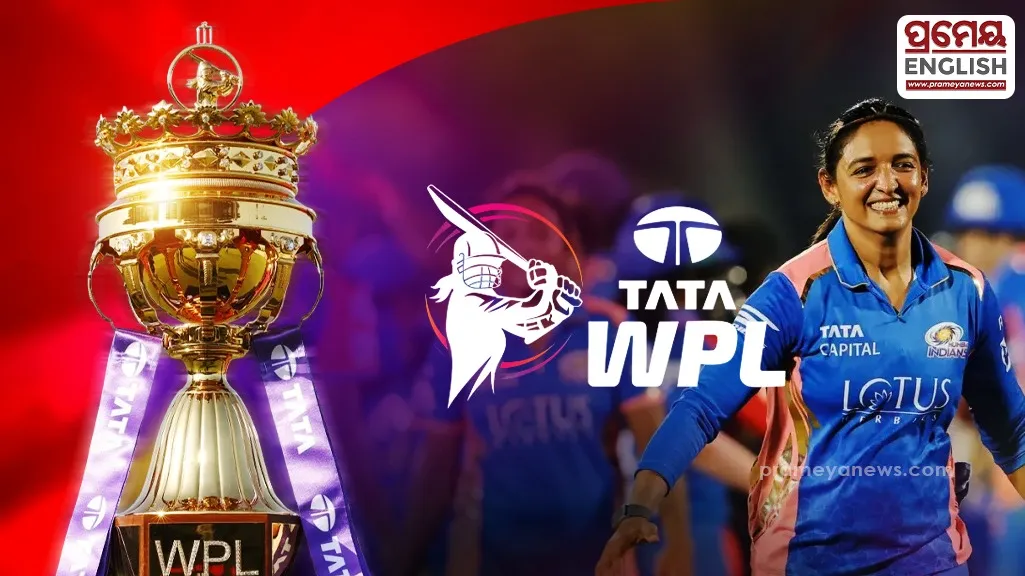

DY Patil Stadium Set for Epic Clash as WPL 2026 Begins Under Friday Night Lights
Tournament offers young players chance to impress national selectors
DY Patil Stadium holds a special place in recent history, having hosted India’s glorious World Cup triumph just 68 days ago. On Friday, the floodlights will switch on again, but the atmosphere will shift from national unity to fierce franchise rivalry. Harmanpreet Kaur and Smriti Mandhana, the duo that led India to global glory, will walk out not as partners, but as opposing captains to kickstart the highly anticipated fourth edition of the league.
While the established stars have rightfully enjoyed the fame that came with becoming World Champions, WPL 2026 is poised to be about the future. With a mega auction having reset the squads, the competition is expected to be tighter than ever. However, the true value of this tournament lies in its ability to transform unknown domestic players into household names.
Searching for the Next Big Thing
The impact of the league is undeniable. The World Cup-winning squad featured standout performers like pacer Kranti Gaud and spinner Sree Charani, both of whom were fast-tracked into the national setup based on their league performances. Meg Lanning’s Delhi Capitals trusted Charani in high-pressure situations, a move that paid dividends for the national team later.
With the T20 World Cup in the United Kingdom approaching, Indian head coach Amol Muzumdar and the selection committee are keeping a close watch. While the core team is settled, there are always spots available for players who can handle pressure.
Captains Encourage Healthy Competition
Speaking ahead of the opener, Mumbai Indians skipper Harmanpreet Kaur highlighted the league's contribution. She noted that every season has improved the standard of women's cricket in the country. With teams picking exciting new talent, she believes the increased competition will directly benefit the national side.
Royal Challengers Bangalore captain Smriti Mandhana echoed these sentiments. Having rebuilt her squad after a tough debut season, Mandhana insisted that the door to the Indian team is never closed. She emphasized that an extraordinary season, especially in the T20 format, could easily propel a player into the World Cup conversation.
Young Guns Ready to Fire
Several promising names are itching to make their mark. Shreyanka Patil, retained by RCB, is looking to bounce back after injuries stalled her international momentum. Meanwhile, U-19 World Cup winners G Kamalini (MI) and G Trisha (UP Warriorz) are ready to prove their mettle on the big stage.
Young Deeya Yadav, just 16, now has the golden opportunity to share a dressing room with her idol, Shafali Verma. However, the auction also had its harsh moments, as Vaishnavi Sharma, a leading wicket-taker and recent debutant, went unsold. This serves as a reminder that the league may soon need expansion to accommodate the growing pool of talent.
As WPL 2026 unfolds, fans will cheer for icons like Jemimah Rodrigues and Deepti Sharma, but the real success story will be written by the newcomers seizing their moment under the lights.